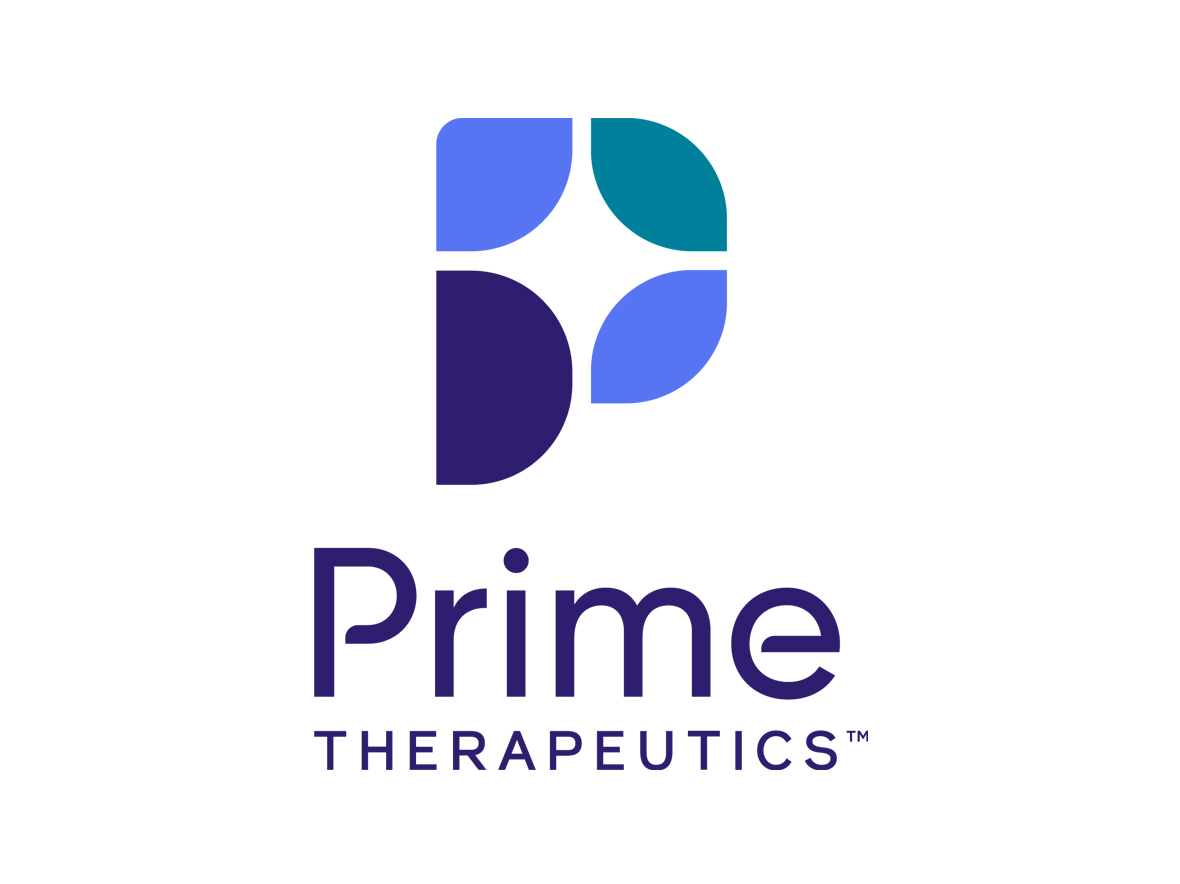AMCP Nexus 2024 in focus: Exploring drug cost savings through HighTouchRx® - Prime Therapeutics
AMCP Nexus 2024 in focus: Exploring drug cost savings through HighTouchRx®
Nick Friedlander, clinical program pharmacist at Prime, shares more about two research studies that convey the impact of one cost-savings solution

Among the research studies that Prime Therapeutics (Prime) will present at Academy of Managed Care Pharmacy (AMCP) Nexus 2024, two feature the value of Prime’s HighTouchRx® product: “Impact of a Pharmacist-Facing Clinical Management Tool: Identification and Management of Cumulative Oversupply in Pharmacy Benefit Dupilumab Utilizers” and “Dosage Form and Product Strength Optimization: Containing the Cost of Ibrutinib Therapy Through a Pharmacist-Facing Clinical Management Tool.”
Both studies also feature the efforts of lead author, Nick Friedlander, clinical program pharmacist at Prime. We caught up with Nick to learn more about both studies.
Alex Cook: You have two posters at AMCP Nexus this year. Have you been lead author on multiple studies presented at an event like this before?
Nick Friedlander: Though I’ve been afforded many opportunities to present research at AMCP conferences previously, this is the first time I’ve ever served as lead for two posters. It’s exciting! I always enjoy sharing the incredible work we have going on with HighTouchRx, and both of the poster topics center around areas that have generated substantial savings for our clients.
Taking a closer look at these studies, both explore specific aspects of our HighTouchRx offering. First off, tell us about your finding related to dispensing optimization on ibrutinib?
Our work around ibrutinib optimization centers around the pricing strategy utilized by the product manufacturer. In the case of ibrutinib, the 140 mg capsule dosage form offers a substantially reduced list price compared to similar-strength tablets, offering potential cost savings with conversion from high-cost tablet products to lower-cost capsule formulations. The key concept is driving utilization to the lowest-cost-per-milligram product available.
What are some of our key findings related to cumulative oversupply for the dupilumab study?
Similar to our findings with disease-modifying cystic fibrosis drugs, this study effectively demonstrated that there is a large cohort of members using dupilumab who have substantial extra drug supply on hand, and that pharmacist outreach can help delay refills for these members, reducing the risk of costly drug waste. Pharmacist outreach on these cases resulted in over $1 million in savings in just a single year. Considering the relatively high frequency of medication accumulation involving high-cost products, this concept can likely be effectively applied across a wide variety of therapeutic areas.
What is driving the overutilization/dispensing of dupilumab?
That’s a great question, Alex. Fundamentally, standard benefit design enables this kind of excessive dispensing. Simply stated, most folks with prescription drug coverage can refill a medication after exhausting 75% of the supply from their most recent fill. Persistently filling around this mark readily enables significant stockpiling. With that said, there are some deeper questions here that could be addressed in subsequent analyses — specifically, are members administering dupilumab more frequently than recommended by label? Additionally, are members requesting additional supply or is the accumulation driven by the dispensing pharmacy? These types of questions could be addressed with a follow-up analysis involving outreach to members for the purposes of information gathering.
Regarding the oral oncology study, how does this data inform upstream strategy, such as prior authorization for ibrutinib?
Highlighting the discrepant pricing strategies between ibrutinib capsules and tablets underscores the importance of monitoring pharmaceutical pricing and adapting upstream strategy to drive cost-effective medication utilization. In the case of ibrutinib, modifying upstream strategy to preferentially drive utilization of the lower-cost-per-milligram formulation could effectively drive savings while minimizing the need for direct pharmacist intervention (assuming this complies with existing trade agreements).
Stay tuned for more AMCP Nexus 2024 in focus content throughout the week in the Prime newsroom.
About Prime Therapeutics

Prime Therapeutics LLC (Prime) is a diversified pharmacy solutions organization. We offer innovative pharmacy benefit management, specialty and medical drug management, and state government solutions to millions of people across the country. At Prime, we’re reimagining pharmacy solutions to provide the care we’d want for our loved ones. We challenge the way it’s always been done to develop intelligently designed solutions that deliver savings, simplicity and support to help people achieve better health. For more information, visit us at PrimeTherapeutics.com or follow us on LinkedIn.
